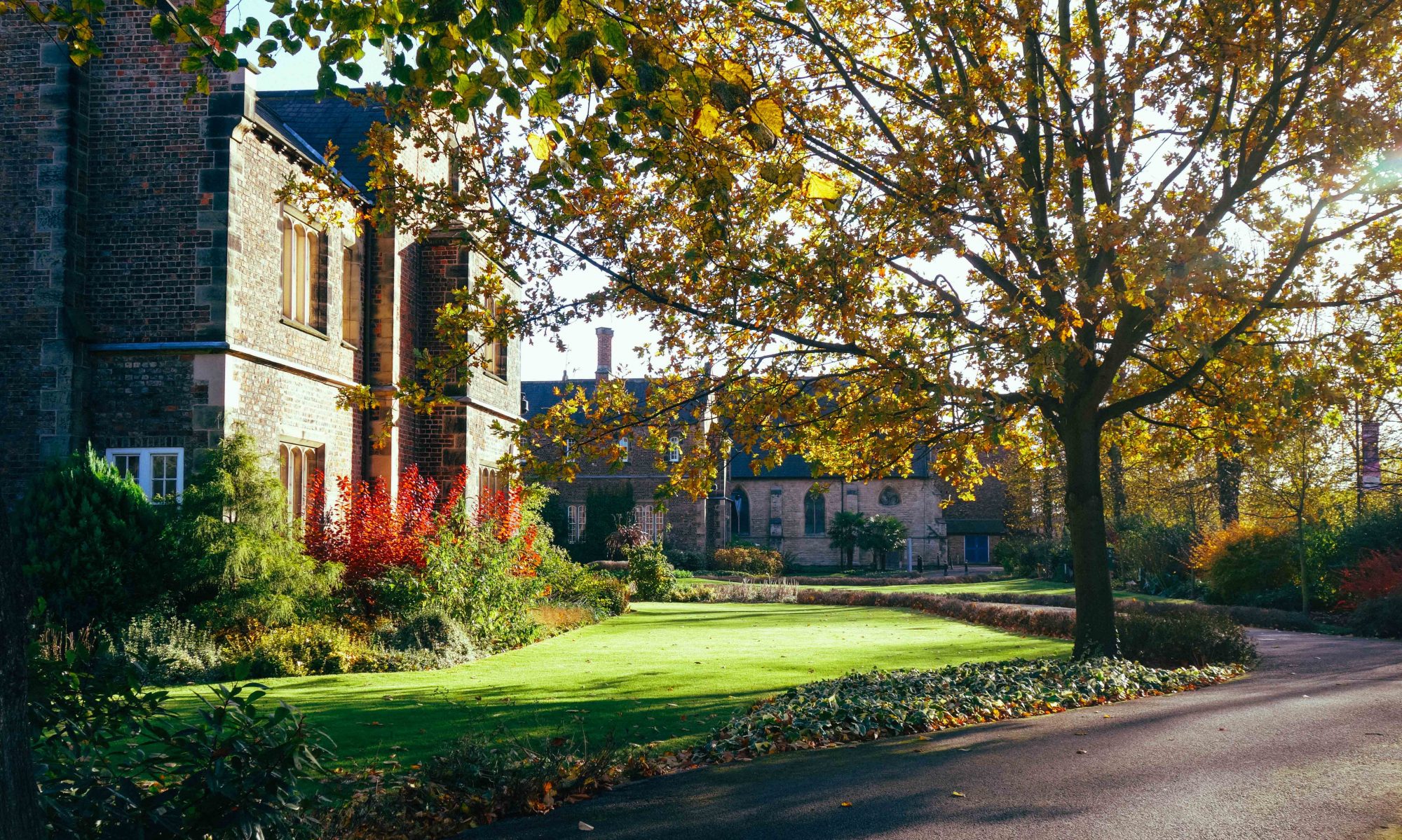Polly Reed is a second year undergraduate student on the English Literature programme at York St John University. She is also a feminist poet. Here she reflects on her experience of going back to visit her high school for International Women’s Day.

I was recently asked to go into my old school (Ponteland High School), for international women’s day to talk to 40 young women on my experiences since leaving school and my writing career. My school nominated me two years ago for an award for international women’s day and I won the Northumberland’s most inspirational young women’s award due to my sporting and academic achievements, whilst also being noticed for my volunteering work. I had previously helped my mum coach children and young adults with disabilities, developing their social and physical skills that are crucial in everyday life. I had also volunteered as a netball coach at the local primary school, whilst being a part of the charity committee in sixth form. Being noticed for this was a huge privilege, and it was through this event I heard about other women’s experiences, and what they do to raise awareness on important topical issues.
This was one of the events that inspired me to voice my own opinions and experiences on being a woman. Since then, I’ve done many open mics, sharing my own feminist poetry to diverse audiences. The response I’ve received from many individuals has encouraged me to continue writing poetry and fiction in the hopes that other women can relate to my work and educate others on the injustices that women experience.

I was thrilled to be invited back to school and have this opportunity to share my work with students, whilst encouraging them to write, voice, and think about their own opinion on feminist matters. The event included a range of women who were spreading awareness on important matters. For example, a solicitor, business owner and a probation officer. One woman had created a business using wasted plastic to create art, showing the environmental impact waste can have.
The feedback I got on my poetry from the students was incredible. Many of them had questions on how I go about writing, where I get my inspiration from, and what made me want to express and explore these matters within my writing. To see so many young girls intrigued and interested in the themes explored within my work was hugely rewarding, and I hope the sharing of my poetry and the discussions we had, encourages them to use and find their own voice on the inequality that occurs towards women.







 Dr Adam J Smith
Dr Adam J Smith










